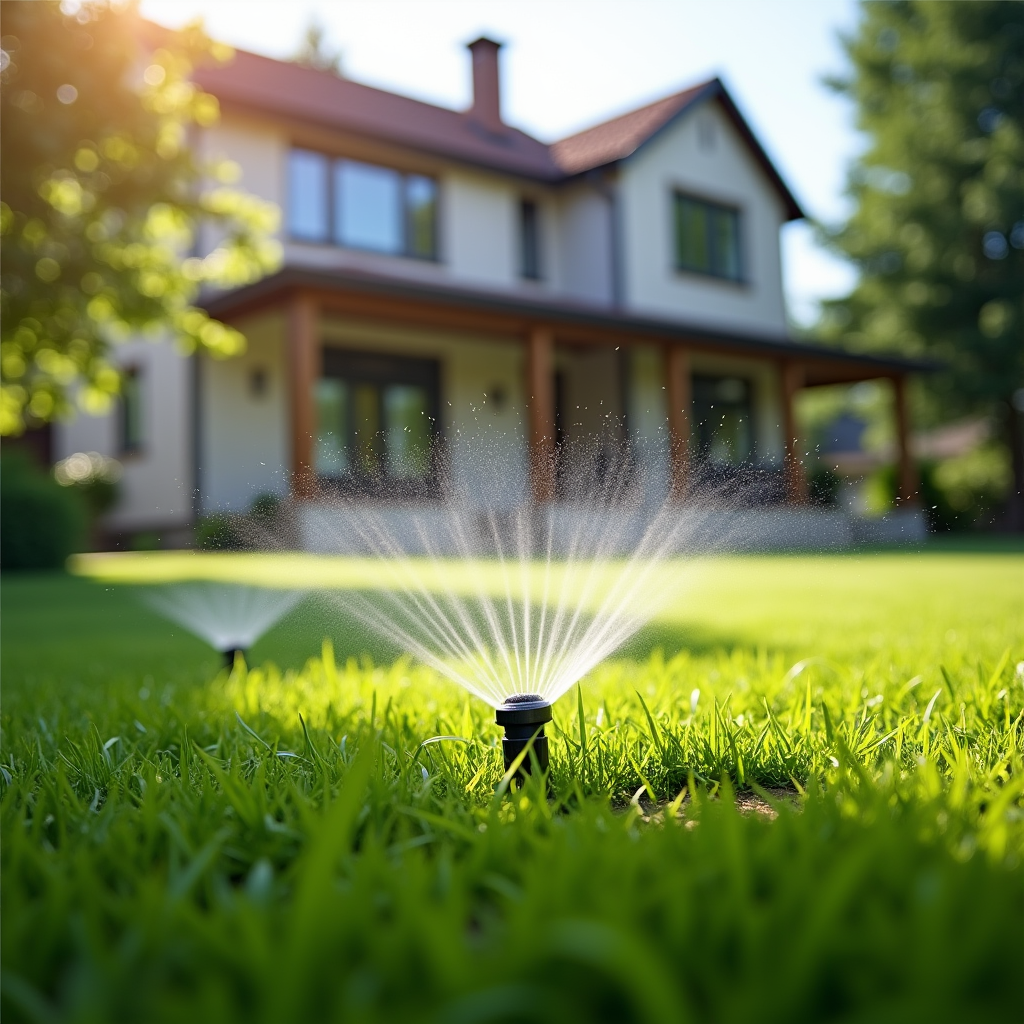Introduction
Are you ready to transform your garden into a stunning oasis? If you live in Greensboro, NC, you're in luck! With its temperate climate and diverse flora, Greensboro offers endless possibilities for creating beautiful outdoor spaces. Whether you’re looking to add curb appeal to your home or create a tranquil retreat in your backyard, effective landscaping can make all the difference. In this comprehensive guide, we'll explore various landscaping tips specifically tailored for residents of Greensboro. From selecting the right plants to mastering layout, we've got you covered!
Transform Your Garden: Landscaping Tips for Greensboro Residents
Greensboro's unique climate presents both opportunities and challenges in gardening. The key is understanding what works best in this region. Below are some vital tips to consider when transforming your garden:
Understanding Your Local Climate
1. The Importance of Hardiness Zones
When planning https://jsbin.com/bugihonica your garden, it’s crucial to understand the USDA Plant Hardiness Zone Map. Greensboro falls under Zone 7b, meaning winters are relatively mild, but there are still temperature fluctuations that can affect plant choices.
2. Seasonal Changes and Their Impact on Gardening
North Carolina experiences four distinct seasons. Spring brings blooming flowers, summer provides lush growth, autumn showcases vibrant leaves, and winter requires thoughtful preparation for cold snaps.
Planning Your Landscape Design
3. Creating a Landscape Layout
Start with a clear layout that considers sunlight patterns and existing structures. A well-planned landscape will enhance your home's aesthetics while ensuring that plants receive adequate light.
Tips for Creating an Effective Layout:
- Sketch your garden space on paper. Identify areas with full sun vs. shade. Determine focal points like trees or sculptures.
4. Selecting the Right Plants for Your Garden
Choosing plants suitable for landscaping in Greensboro is crucial. Consider native plants as they require less maintenance and water once established.
Popular Native Plants:
- Eastern Redbud (Cercis canadensis) Black-eyed Susan (Rudbeckia hirta) American Beautyberry (Callicarpa americana)
Soil Preparation and Maintenance
5. Testing Your Soil Quality
Before planting anything, test your soil to determine its pH levels and nutrient content. This helps tailor amendments effectively.
6. Improving Soil Fertility
Enhancing soil fertility can be done through composting or adding organic matter such as leaf mulch or well-rotted manure.
Irrigation Strategies for Success
7. Understanding Irrigation Needs
Given North Carolina's varying rainfall throughout the year, establishing an efficient irrigation system is essential.

Types of Irrigation Systems:
- Drip irrigation Sprinkler systems Soaker hoses
8. Water Conservation Techniques
Incorporate water-saving techniques such as rain barrels or xeriscaping principles (using drought-resistant plants).
Hardscaping Elements to Enhance Your Garden
9. Incorporating Pathways and Patios
Hardscapes provide structure to your garden design and enable easier navigation through your landscape.
Materials You Can Use:
- Pavers Gravel Natural stone
10. Adding Focal Points with Features Like Waterfalls or Statues
Consider incorporating features like fountains or sculptures as focal points that draw the eye throughout the space.
Planting Strategies by Season
11. Spring Planting Tips for Landscaping in Greensboro
Spring is ideal for planting trees, shrubs, and annual flowers since temperatures are warming up.
Best Spring Plants:
- Petunias Marigolds Azaleas
12. Summer Maintenance Strategies
During summer months, keep an eye on watering schedules since evaporation rates increase significantly during hotter weather.
13 Fall Preparations for Winterizing Your Garden
As autumn approaches, many gardeners overlook critical fall maintenance tasks that prepare their gardens for winter survival.
Key Tasks Include:
- Mulching around perennials Pruning dead branches Cleaning up fallen leaves
14 Winter Care Tactics
Even though most plants go dormant in winter months doesn't mean you should neglect them altogether!
Consider these tips:
- Cover sensitive plants with burlap. Keep evergreen foliage trimmed back so they don’t get too heavy from snow accumulation.
15 Choosing the Right Landscape Lighting System
Good lighting enhances nighttime beauty while also improving safety around pathways!
Consider these options:
- Solar-powered lights Low-voltage LED fixtures String lights along fences or pergolas
FAQs About Landscaping in Greensboro
1. What types of flowers thrive best in Greensboro?
Flowers like daylilies, coneflowers, and hydrangeas thrive well due to our favorable climate!
2. How do I maintain my lawn throughout summer?
Regular mowing at appropriate heights coupled with consistent watering schedules keeps lawns healthy!
3. Is there any benefit to using native plants?
Absolutely! Native plants adapt better providing resistance against local pests while requiring less water once established!
4. How often should I fertilize my garden?
Typically spring applications suffice; however checking soil tests ensures you’re not over-fertilizing unnecessarily!
5 What can I do if I don’t have enough sunlight?
Consider shade-tolerant varieties such as hostas which flourish even under limited light conditions!
6 Are there landscaping companies available nearby?
Yes! Numerous professional landscapers serve Greensboro helping homeowners achieve their dream gardens easily!
Conclusion
Transforming your garden isn’t just about planting flowers; it’s about crafting an outdoor haven tailored specifically to Greensboro’s climate and conditions! By understanding local plant hardiness zones, selecting appropriate flora/fauna combinations while incorporating hardscape elements seamlessly into designs all contribute towards achieving those picturesque landscapes we often admire!
So roll up those sleeves—grab some tools—and get ready because transforming YOUR garden awaits just outside that front door! Happy gardening everyone!